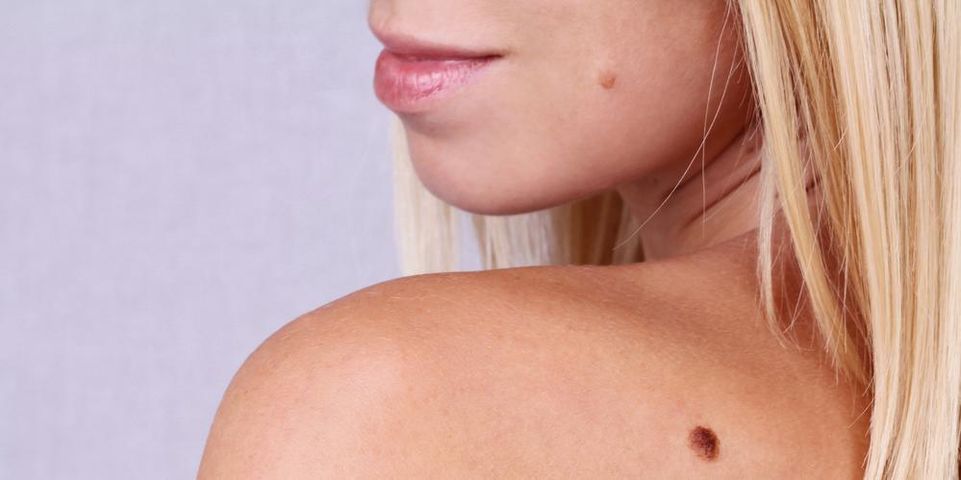What Does Your Mole Mean: Dermatologists Weigh In

Moles: they come in all shapes and sizes. They come from all different places. Though you might forget they’re there, dermatologists recommend you pay attention to those beauty marks. While many moles are harmless, some have the ability to develop into melanomas — cancers of the skin. Don’t despair, though: detected well-enough in advance, most melanomas are very treatable. If you have moles, stay close in contact with your doctor and monitor them yourself.
Common Types of Moles
- Congenital
 moles. About 1% of the population are born with these moles, and they might be at a higher risk of developing into melanoma.
moles. About 1% of the population are born with these moles, and they might be at a higher risk of developing into melanoma. - Acquired moles. These account for most of the population’s moles. Smaller than a quarter-inch, dermatologists believe they come from excessive sun exposure.
- Atypical moles. A mole is considered atypical if it’s bigger than a pencil eraser, unevenly shaped, and multicolored. As these develop into melanoma at a higher rate, they might be prime candidates for mole removal.
Watch out for These Characteristics
Make a habit of checking up on your moles for any of these warning signs. If you see them, be sure to let your dermatologist know. Keep the ABCDE rule in mind:
- Asymmetry: asymmetrical moles are more highly correlated with melanoma.
- Border: watch out if it’s hard to see the border or if it’s strangely shaped.
- Color: make sure the mole isn’t multicolored, red, brown, black and white, or spotted.
- Diameter: consider mole removal if the mole is larger than a pencil eraser in diameter.
- Evolving: keep a track of any changes in the mole regarding these characteristics.
Developing new moles after 20 or moles starting to hurt also warrants a dermatologist’s attention.
Mole Removal
Dermatologists will remove moles for their melanoma risk or cosmetic purposes. It’s a relatively simple process. First, they’ll numb the area around the mole, and then shave or cut it off. After, the area can be closed up with stitches.
Moles don’t always predict skin cancer, but it’s a good idea to stay in conversation with a dermatologist to make sure any melanomas are nipped in the bud.
Make sure your skin stays safe under the Hawaiian sun at Kailua’s Kailua Dermatology Associates, Ltd. Dr. Phillip Hellreich treats and prevents skin diseases from acne to melanoma. Put your skin’s health in good hands by calling Kailua Dermatology Associates today at (808) 261-6133 or visiting their website.
About the Business
Have a question? Ask the experts!
Send your question

